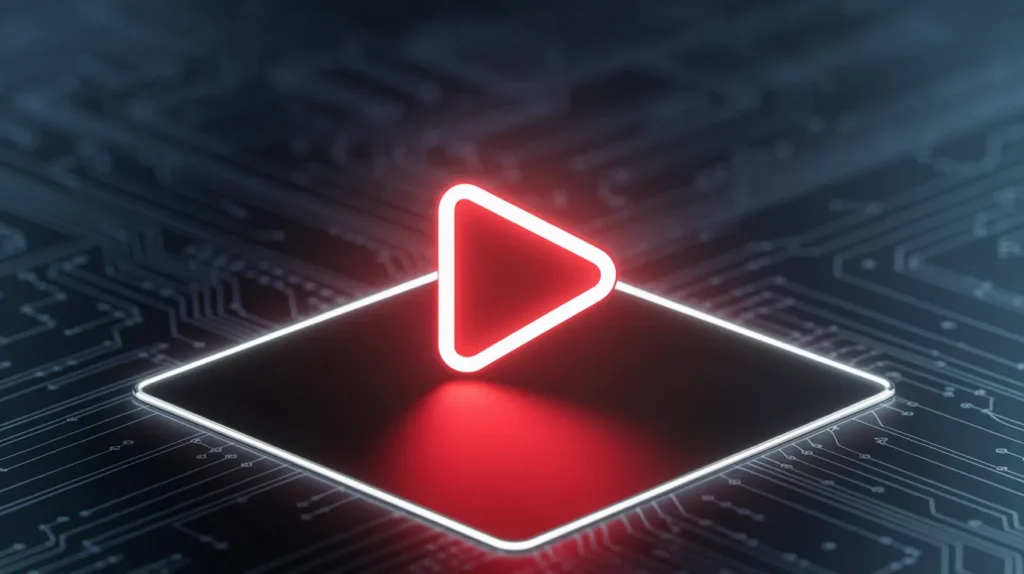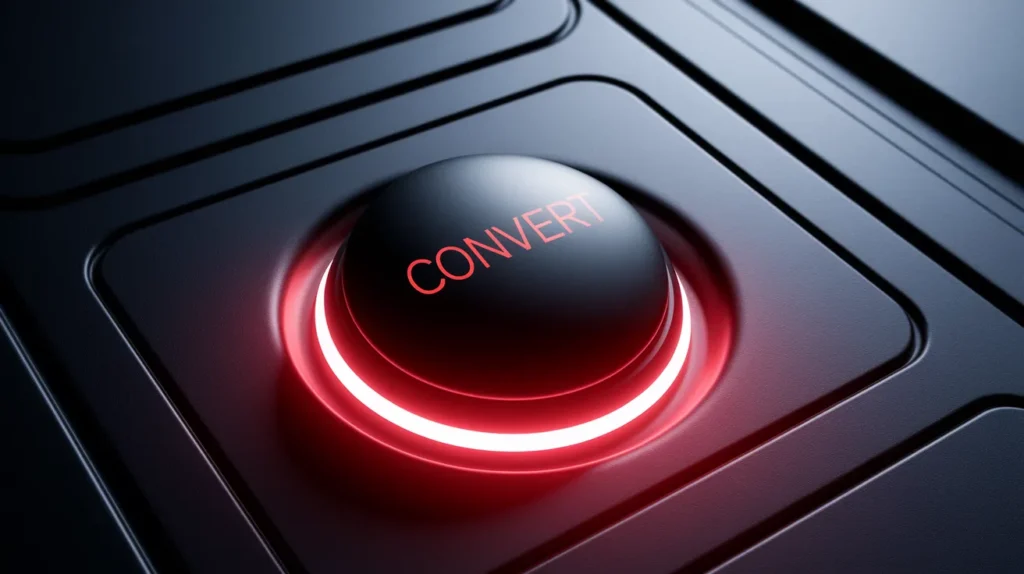A high-converting landing page is a focused digital doorway designed to achieve one specific goal: turning visitors into leads or customers. Unlike a regular homepage with multiple navigation options, a landing page minimizes distractions, presenting a clear value proposition, compelling visuals, persuasive copy, and a prominent call-to-action (CTA) all geared towards maximizing conversion rates for a particular campaign or offer.
What Exactly is a Landing Page and Why is it Crucial?
Think of a landing page as a specialist salesperson for a single product or offer. It’s where a visitor “lands” after clicking on a link from an email, an advertisement (like Google Ads or social media ads), or other digital locations. Its primary purpose isn’t general browsing; it’s action.
Why are they so important?
- Laser Focus: They eliminate distractions, guiding the user towards the desired conversion goal.
- Campaign Specificity: You can tailor landing pages precisely to the audience and message of a specific marketing campaign, increasing relevance and effectiveness.
- Improved ROI: By focusing on conversion, well-designed landing pages yield a better return on investment for your marketing spend.
- Measurability: Landing pages make it easier to track the success of specific campaigns and offers using analytics. You know exactly which source led to which conversion.
Key Elements of a High-Converting Landing Page
Crafting a landing page that converts isn’t about guesswork; it’s about strategically implementing proven elements. Here’s a breakdown of the essentials:
1. Compelling Headline & Subheadings
Your headline is the first thing visitors see. It must grab attention immediately and clearly communicate the core benefit or value proposition. It should also align closely with the ad or link the visitor clicked to get there (message match). Subheadings break up text, making it scannable, and reinforce the main message or highlight key benefits.
2. Engaging and Relevant Visuals (Images/Video)

Humans are visual creatures. High-quality images or videos that are directly relevant to your offer can significantly boost engagement. Show your product in use, visualize the benefit, or use graphics that explain your service.
- Pro Tip: Ensure your images are optimized for the web. Large image files slow down page load speed, hurting user experience and SEO. Consider using a tool like the Image Compressor to reduce file size without sacrificing quality.
3. Clear, Concise, and Benefit-Oriented Copy
Your text should focus on the visitor. Explain how your offer solves their problem or fulfills their desire.
- Use clear, simple language. Avoid jargon.
- Focus on benefits, not just features.
- Use bullet points or short paragraphs for easy reading.
- Maintain a consistent tone that resonates with your target audience.
4. A Strong, Unmistakable Call-to-Action (CTA)
Your CTA button is the gateway to conversion. It needs to stand out visually (contrast color, size) and use action-oriented text (e.g., “Get Your Free Trial,” “Download the Guide Now,” “Shop the Sale”). Make it clear what will happen when they click. Often, placing the CTA prominently above the fold and repeating it further down the page is effective.

5. Trust Signals
Visitors need to trust you before they convert. Incorporate elements that build credibility:
- Testimonials: Quotes or videos from satisfied customers.
- Customer Logos: If you serve businesses, show logos of well-known clients.
- Security Badges: Especially important for e-commerce or if collecting sensitive data (e.g., SSL certificate indicators).
- Guarantees: Money-back guarantees or satisfaction guarantees reduce perceived risk.
- Case Studies/Data: Proof of results achieved.
“Social proof isn’t just a nice-to-have; it’s a psychological trigger that tells visitors, ‘Others trust this, so maybe I should too.'” – Conversion Rate Experts
6. Simplified Lead Capture Form (If Applicable)
If your goal is lead generation, your form is critical. Only ask for the information you absolutely need. Every extra field you add can potentially decrease your conversion rate. For an initial contact, name and email might be sufficient.
7. Minimal Navigation
Resist the urge to include your website’s main navigation menu or excessive links on your landing page. The goal is to keep the visitor focused on the conversion action, not to encourage browsing elsewhere. Often, the only clickable links should be the CTA and perhaps links to your privacy policy or terms of service.
8. Mobile Responsiveness
A significant portion of web traffic comes from mobile devices. Your landing page must look and function flawlessly on smartphones and tablets. Test it thoroughly across different screen sizes.
9. Fast Page Load Speed
Slow landing pages kill conversions. Visitors are impatient. Optimize images (as mentioned earlier), minify code (HTML, CSS, JavaScript), and leverage browser caching. A faster page improves user experience and is a known ranking factor for search engines.
- Technical Edge: Clean, efficient code contributes to faster load times. Tools like the HTML/CSS/JS Minifier & Beautifier can help streamline your code for better performance.
Optimizing for Conversion: Beyond the Basics

Creating the page is just the start. Continuous optimization is key.
- A/B Testing: Regularly test variations of elements like headlines, CTAs, images, and form lengths to see what performs best. Platforms like Google Optimize (though sunsetting, the principles remain) or Optimizely are invaluable here.
- Analytics: Use tools like Google Analytics to track visitor behavior, conversion rates, bounce rates, and traffic sources. Understand what’s working and what’s not.
- Heatmaps & Session Recordings: Tools like Hotjar or Crazy Egg show where users click, scroll, and drop off, providing visual insights into user behavior.
The Role of Technical Performance and Maintenance
A high-converting landing page isn’t just about design; technical soundness is crucial. Beyond fast load times achieved through image compression and code minification, ensure your hosting is reliable. Regular upkeep, similar to general website health, prevents broken elements or slow performance that can deter conversions. Keeping your platform updated is part of ensuring a smooth user experience, much like the points covered in our Website Maintenance Checklist.
Integrating Landing Pages with Your Marketing
Landing pages work best as part of a cohesive strategy. Ensure your ad copy matches your landing page headline. Use tracking parameters (like UTM codes) to monitor campaign effectiveness. You can even bridge offline and online campaigns; for instance, use a QR code on a flyer that directs users to a specific landing page. Creating custom, trackable codes is straightforward with tools like the QR Code Generator.
Conclusion: Start Converting More Visitors Today
Designing a landing page for maximum conversion involves a blend of persuasive psychology, clear design principles, and technical optimization. By focusing on a single goal, crafting a compelling message with a clear headline and CTA, building trust, ensuring mobile-friendliness, and prioritizing speed, you create an environment where visitors are much more likely to take the desired action. Remember to test, analyze, and refine continuously.
At Neo Core, we understand the importance of efficient web tools and practices. Implementing these landing page essentials will significantly improve your campaign performance and help you achieve your conversion goals.

